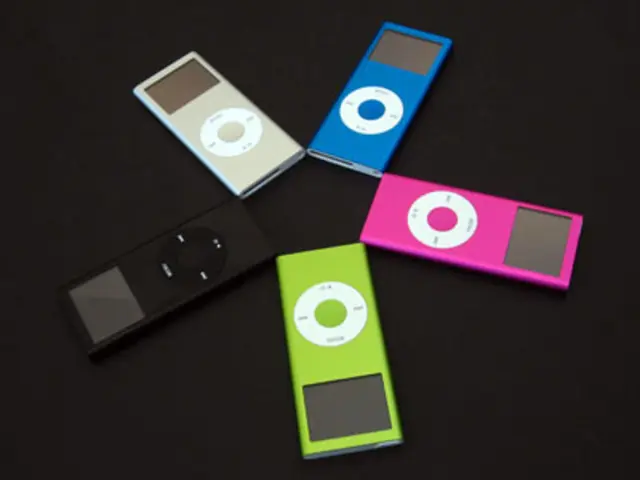Structured Cabling: The Backbone of Modern Communication
Telecommunications have evolved significantly since the late 1970s, with structured cabling emerging as a key solution. This method, defined by the ANSI/TIA-568 standard, simplifies and standardizes cable infrastructure, ensuring reliable performance in commercial buildings.
Structured cabling consists of six components: Entrance Facilities, Equipment Room, Backbone Cabling, Telecommunications Room, Horizontal Cabling, and Work Area. This system allows for scalability, flexibility, and reliability, making it a popular choice for businesses.
Horizontal cabling, which delivers telecom resources to users' work areas, has a maximum length of 295 feet between the Telecommunications Room (TR) and the user device. This ensures efficient and effective communication throughout the workspace.
Prior to the late 1970s, cabling for voice and data communications systems was less complex. However, as networks grew more intricate, engineers sought a simpler way to connect devices. This led to the development of structured cabling by the early 1980s.
The American National Standards Institute and Telecommunications Industry Association set forth standards for structured cabling in 1991, known as ANSI/TIA-568. This standard ensures consistent, high-performance telecommunications infrastructure. With its benefits of scalability, flexibility, and reliability, structured cabling continues to be a vital component of modern communication systems.
Read also:
- Web3 social arcade extends Pixelverse's tap-to-earn feature beyond Telegram to Base and Farcaster platforms.
- Germany's Customs Uncovers Wage, Immigration Violations in Hotel Industry
- U.S. & China Agree to Temporary Trade Truce, Easing Tariffs
- FKS Inspections Uncover Wage, Security, and Employment Violations in Hotel and Catering Industry








